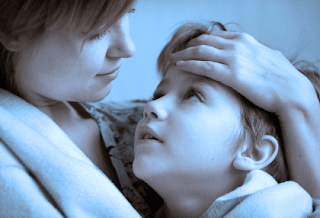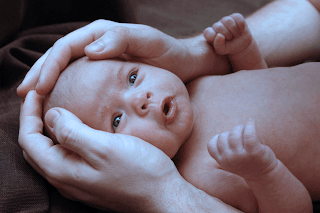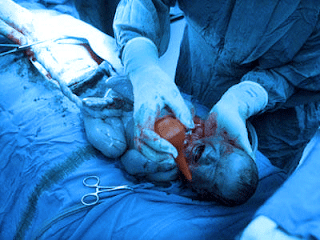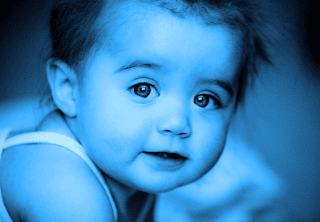Soon after your child’s birth, your doctor will briefly examine his/her eyes to rule out signs of congenital cataracts or other serious neonatal eye problems. Though such eye problems are rare, they must be detected and treated early to minimize their impact on your child's vision development.
Also, an antibiotic ointment is usually applied to your newborn's eyes to help prevent an eye infection from bacteria present in the birth canal. At birth, your baby
sees only in black and white and shades of gray. Nerve cells in their retina and brain that control vision are not fully developed. Also, a newborn infant's eyes don't have the ability to accommodate (focus on near objects). So don't be concerned if your baby doesn't seem to be "focusing" on objects, including your face. It just takes time.




























